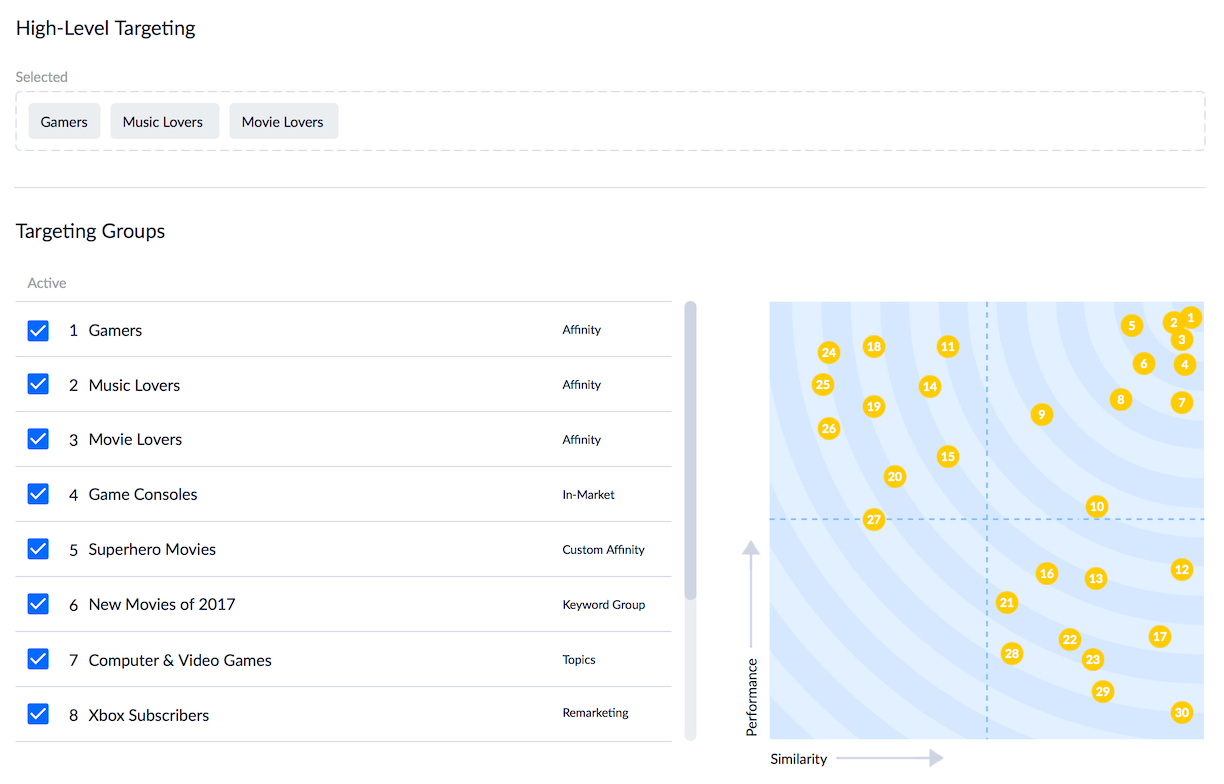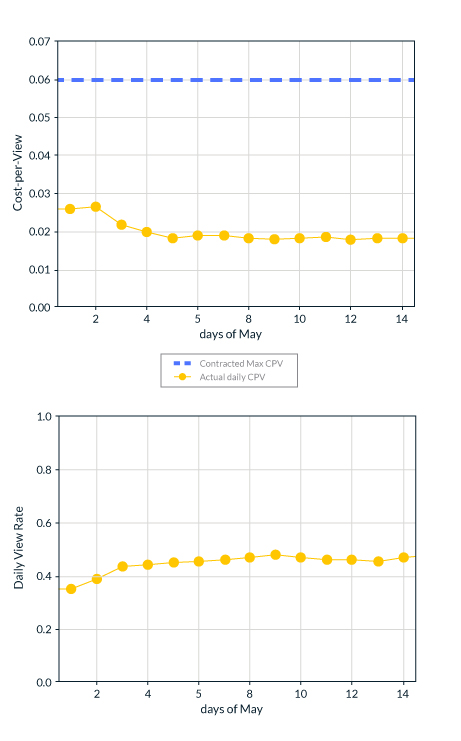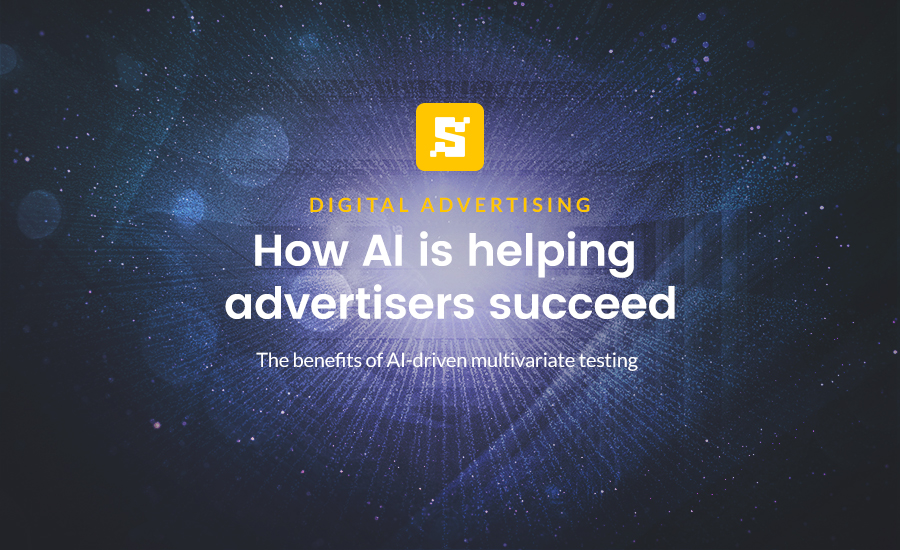We’re seeing artificial intelligence in almost every corner of marketing, from chatbots to analytics, but one of its more significant impacts falls within multivariate testing. AI-driven multivariate testing is the latest of secrets that is helping advertisers obtain superior results.
Prior to today’s technology, this approach was a manual process combined with guesswork and instinct, which often resulted in poor results and wasted ad spend—something that advertisers can no longer afford.
Intelligence on a grand scale
The buzz in the digital ad space often surrounds scaling marketing efforts to solve these problems. People want to find the right audience, keep costs down, improve results and shift resources more appropriately. Thanks to AI, we’re able to strengthen multivariate testing by doing more than a human could ever accomplish by themselves, making these objectives a reality.
A multivariate approach driven by AI offers a mix of benefits that are hard to ignore.
Sharper audience insights
While creating a basis for your target audience is absolutely necessary, far too often marketers rely on preconceived personas without realizing other possibilities. Advertisers come up short by failing to reach the hundreds of audience combinations available.

AI-driven multivariate testing eliminates that guesswork and finds best-suited audiences advertisers fail to recognize initially, thus improving results in every aspect.
Using our own technology, we’ve seen brands improve their per-dollar-view performance on YouTube by more than 50 percent by targeting demographics they would not normally think to pursue.
Faster processes and real-time optimization
A clear win from AI-driven multivariate testing is the ability to optimize in real-time and process quicker. Advertisers have infinite demographics and thousands of datasets to consider when creating a media plan. A single media plan can take days to weeks to manually produce. When we add automation to the equation, we’re able to create robust media plans in seconds, like this media plan created from technology at Strike Social.

You can split your campaigns into smaller segments and analyze multiple variables in a myriad of combinations, such as gender, age, language, location, device and audience targeting. This does a few things: not only are you able to compare many campaign possibilities at once, you’re also able to begin your campaigns immediately, gain a better understanding of performance in real-time and platforms can shift ad dollars to what’s working in milliseconds.
Improved efficiency rates
AI helps you improve efficiency in several ways, from seeing better results to making better use of time and resources. Additionally, with automation, we reduce human error for media plans and produce more meaningful results.
Using an AI approach, Strike Social optimized a campaign on YouTube, and while running, the cost-per-view (CPV) dropped drastically in the first couple days with the daily view rate (VR) inclining simultaneously.

The performance metrics improved quickly and provided better insights moving forward. Without the implementation of AI technology for the campaign, producing these results would have taken longer to achieve manually.
Getting a head start
Looking forward, the potential for AI in the digital advertising industry will only advance. There is no question about the benefits anymore as we see firsthand what it can do, helping advertisers create better strategies and become more resourceful.
While AI has been slow to catch on over the past few years, businesses are beginning to commit and those that quickly implement AI into their strategies will not only reap the benefits, but also comfortably adapt as the tech advances. With the results early adopters are seeing, there’s no reason not to implement AI into your advertising strategy.








